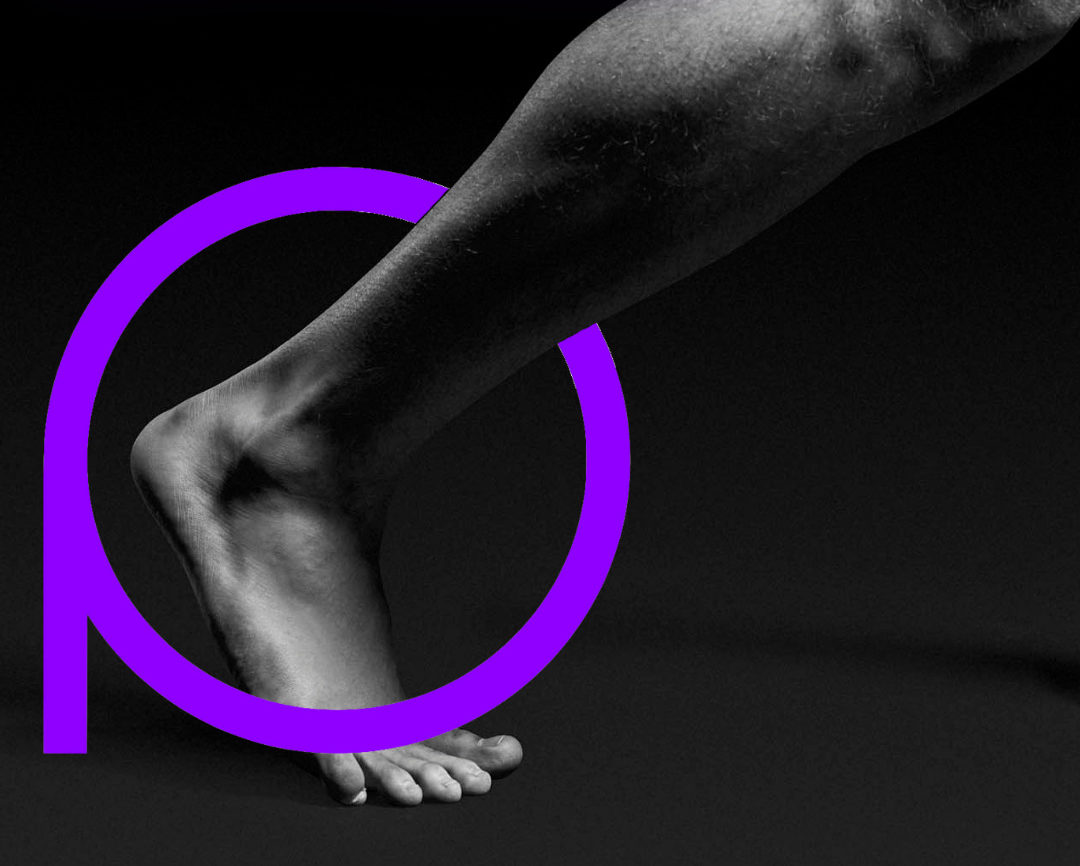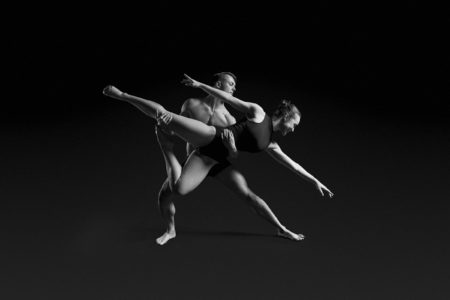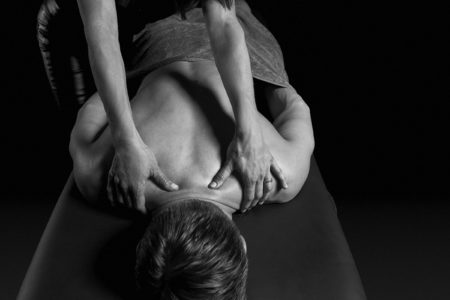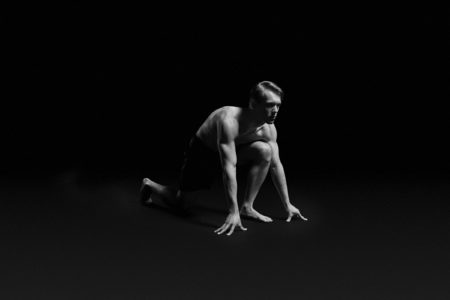Suite 3, Ground Floor, The Gateway,
312 St Kilda Road, Southbank, VIC, 3006
What’s that Click?

Patients reporting “clicking joints” is a common phenomenon and a common question asked is “why does it click”?
There are many reasons why different parts of the body may click, pop, crack, clunk, snap or crunch. Many of these noises are harmless, however there are some situations where seeing a physiotherapist is very important.
The Click or Crack or Pop
A very common noise people report is a high pitched, loud click or crack noise on the movement of a particular joint. In the majority of cases, this happens spontaneously and without intention…. these “clicks” are generally pain free and nothing to be concerned about. The reason for this noise is a result of rapid fluid movement within the joint. Joints are filled with fluid, known as the synovial fluid. There are various gases dissolved in the synovial fluid and often when the joint is moved rapidly, or to the end of its range, the gases become concentrated into bubbles within the fluid. The click or crack is the sound of those gas bubbles popping within the joint and is painfree. When a physiotherapist performs a joint manipulation (or “cracks a joint” as it is more commonly referred to), the noise that is heard is simply gas bubbles popping as the joint capsule is stretched. A reflex nerve arc to the muscles located adjacent to the joint then relax these muscles and this is what provides the sense of “release”. If your joints crack spontaneously and it is not pain free, you should seek advice from your physiotherapist.
The Crunch
Crunching joints are often associated with a feeling of grinding and stiffness when they are being moved and is often worse when there is load going through that joint. In the medical world this is known as crepitus. Crepitus is more common in joints that have had some joint surface changes over time, such as a decrease in cartilage thickness or bony changes such as arthritis. Crepitus can either be painful or pain free depending on each person and the health of their joint. Crepitus is something that should be treated as early as possible to ensure that you maintain the joint such as strengthening muscles surrounding it and ensuring good biomechanical alignment. If you think you have crepitus or are experiencing crunching in the joint it is important that you get it assessed by your physiotherapist.
The Snap or Clunk or Flick
A snap or a clunk is commonly heard in dancers or gymnasts and commonly occurs when lowering the leg from a high kick. This type of noise and feeling can happen anywhere in the body, but it is most common in the hip and shoulder as these are the two most mobile joints of the body. This noise is generally caused by tendons flicking over the joint when they can’t cope with the load going through them. Often this clunk or snap is pain free, however it may also be painful. If you are experiencing either a pain free or painful click it is important to have it assessed as a pain free clunk can quickly progress to becoming painful. If muscles and tendons are not coping with load effectively, they are at an increased risk of developing an injury or tendinopathy, which can potentially take weeks to months to recover from. This phenomenon can be managed by your physiotherapist with specific exercises to improve biomechanical alignment and to strengthen the affected muscles and tendons.





